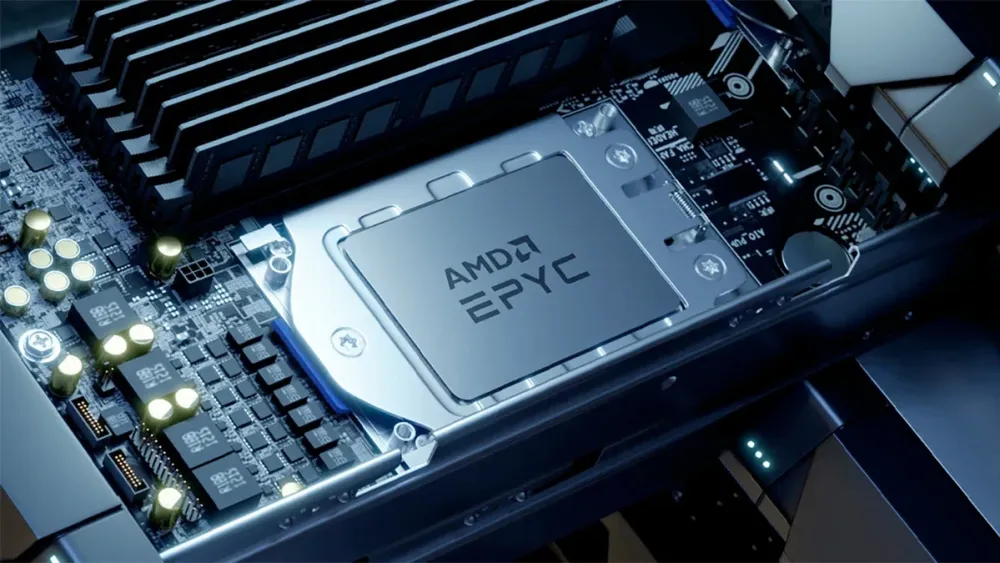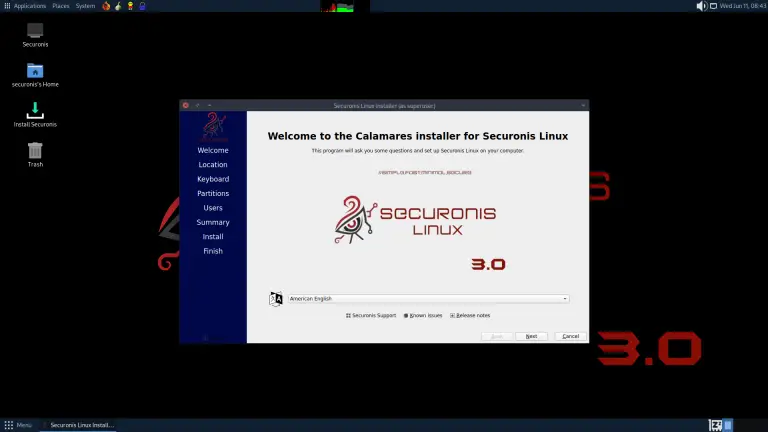
Once again, AMD has demonstrated that its processors truly unleash their full potential under Linux. The new AMD Ryzen AI Max+ PRO 395 chip, also known by its codename Strix Halo, showcased a decisive advantage for Ubuntu 25.04 over Windows 11 across a broad range of tasks — even including gaming.
Journalists at Phoronix tested the HP ZBook Ultra 14 G1a laptop, equipped with the formidable 16-core AMD Ryzen AI Max+ processor, integrated Radeon 8060S graphics, 128 GB of LPDDR5-8000 RAM, and a swift 2 TB NVMe SSD. The display boasts a 2.8K resolution with a 120Hz refresh rate. While the device ships with Windows 11 Pro by default, a clean installation of Ubuntu 25.04 — featuring the Linux 6.14 kernel and Mesa 25.0 graphics stack — was performed immediately after initial boot.
It is worth noting that the benchmarks were conducted under conditions closely mirroring real-world usage: all power consumption settings remained default, and the only modification to Windows was the removal of the pre-installed HP Wolf Security suite, which had been excessively intrusive and likely hindered performance.
The results were nothing short of remarkable: Linux not only excelled in professional workloads but also outperformed Windows 11 in several gaming benchmarks. This is particularly noteworthy for those who still perceive gaming as an exclusive domain of Microsoft. While Windows maintains support for certain proprietary games and drivers, the AMD-Linux combination in 2025 emerges as a robust, high-performance, and forward-looking platform capable of competing even in the most demanding scenarios.
Although the detailed numerical benchmarks are yet to be published, one thing is already clear: Strix Halo stands as a new emblem of how far Linux has come in harnessing the power of modern hardware.


